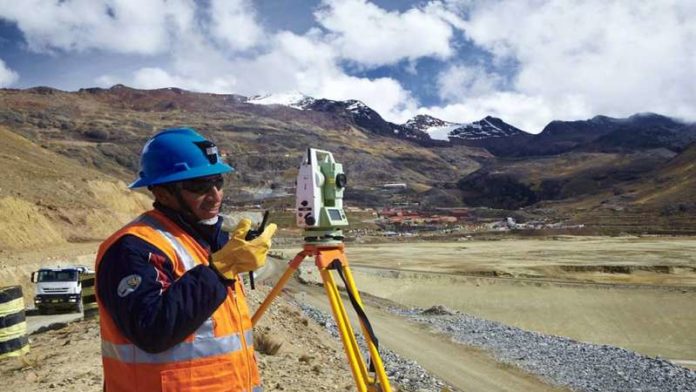
THE R100bn surplus in South Africa’s tax-take this year, reaching an estimated R300bn, is thought to be largely due to improved royalty payments and corporate taxes from the country’s mining sector – the first of the segments to recover from the government’s Covid-19 hard six week lockdown last year, and a beneficiary of increased commodity prices.
Whilst that’s great news for South Africa, the concern is that the government isn’t nearly doing enough to make sure numbers like that improve. According to Roger Baxter, CEO of the Minerals Council SA, R20bn worth of new projects are waiting in the wings.
These include a string of platinum group metal (PGM) and gold sector investments flagged by Sibanye-Stillwater at its year-end results presentation in February at which it also announced R6.8bn of projects it could undertake, creating some 7,000 jobs. “Only the very best of what we’ve got have been announced,” said Neal Froneman, CEO of Sibanye-Stillwater, perhaps the most outspoken of critics regarding government mineral policy.
“The only reason these projects were announced is because previous owners had already sunk capital,” he said. For instance, the R3.9bn K4, 250,000 ounces a year PGM project Sibanye-Stillwater said it would undertake at its Marikana operations near Rustenburg had already seen some R4.4bn expenditure by Lonmin.
Hundreds of millions in rands had been spent previously by Great Basin Gold, a Canadian company, on the Burnstone gold project which Sibanye-Stillwater’s said it would complete at a capital cost of R2.3bn. The project is situated near Balfour in Mpumalanga province, an area Froneman said was wracked by poverty.
Among the criticisms levelled at the government by the mining sector is electricity tariff inflation. Another is regulatory uncertainty, including the apparently fluent nature of the Mining Charter, long criticised by former resources banker, Paul Miller. Without clarity on the Charter, there can be no new investmet in exploration, he claims.
An informal February deadline set by the Department of Mineral Resources and Energy (DMRE) on bringing about a new dispensation on exploration has been missed, but at the pre-PDAC conference organised by Canadian law firm, Fasken, this week, the DMRE said progress was being made; an announcement of a new exploration strategy is imminent, including a new mining cadastre, a fancy word for a framework through which mineral exploration projects are administered. The existing one, launched on a tiny budget of only a few million rands and more than a decade old, doesn’t work. A lack of transparency in its conceptualisation also opens the door to corruption.
The expectation is that the decline in South Africa mineral exploration, exactly at the time that a new supercycle beckons, itself driven by global decarbonisation, will continue.
Recent history regarding the rate of mineral exploration decline in South Africa doesn’t make for comforting reading. Said Miller: “Without taking inflation into account, mineral exploration and evaluation investment declined from a high of R2.95bn in 2009 to R525m in 2010, and then remained largely flat, being just R579m in 2019 – a decrease of roughly 80% from the highs.
“However, taking inflation into account, less money is being invested in 2019 than in 2010, which was the first year after exploration investment fell off the cliff”.
For investors, this trend converts into less options locally. They will find rich pickings in overseas commodity markets with new listings of mining exploration firms on the up in London, for instance, but locally there’s not a lot of greenfields investment. And that’s bad for the future economy.
There are grounds for hope, though. According to RMB Morgan Stanley in a recent report, minerals exploration spend may be poor, but capital expenditure is relatively healthy.
The bank’s resources analyst, Christopher Nicolson, said that in 2019, gross fixed capital (GFCF) formation in the PGM sector – investment in capital items such as equipment – totalled R20.3bn (in 2010 constant terms). This is not far below levels seen between 2009 and 2013, and nearly twice the trough in 2016. The same is true for the coal and manganese sectors.
The decline of exploration as a percentrage of GFCF suggests known reserves and resources are being developed, but not much is being done to replace them.
“There are numerous reasons for this, but nevertheless we do see scope for a further recovery in exploration in PGMs and Northern Cape commodities such as iron ore, manganese and base metals,” said Nicolson.










